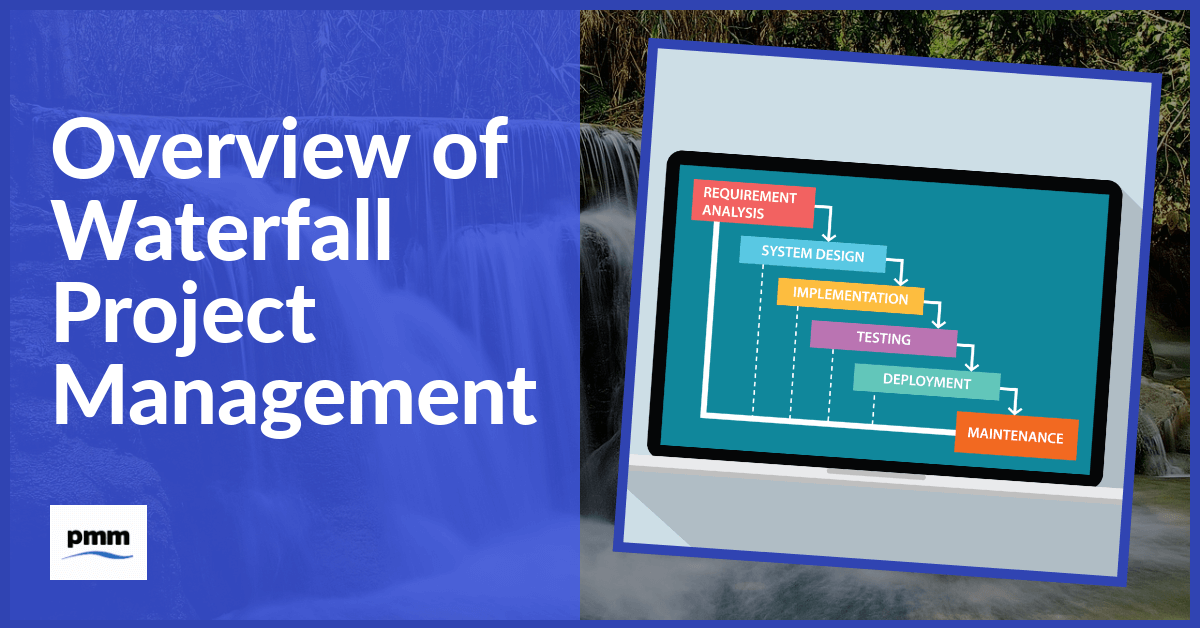

#WATERFALL PROJECT MANAGEMENT ACCOUNTABILITY SOFTWARE#
The Agile Manifesto states, “Our highest priority is to satisfy the customer through early and continuous delivery of valuable software.” Therefore, business owners are expected to be involved and give feedback to the software development team as they progress through the different phases of the project. The course of the project is outlined from the start, so incorporating client feedback is not an ongoing part of the process.Ī fundamental part of Agile is including clients in the project development at every step. Once the end goal is established, Waterfall does not involve the client or project owner during the process, apart from specific check-ins or for deliverables. The Agile Manifesto, an online document released in 2001 by a group of software developers, says team members are expected to, “Deliver working software frequently, from a couple of weeks to a couple of months, with a preference to the shorter timescale.” Rather than a fixed timeline, the schedule adapts as the project progresses. The idea is that the start and finish of the project are already mapped out from the beginning.Īgile is a lot more flexible and accounts for experimenting with different directions. The expectations for the project and the deliverables of each stage are clear and are required in order to progress to the next phase. Waterfall methodology is a linear form of project management ideal for projects where the end result is clearly established from the beginning of the project. Requires: Completing deliverables to progress to the next phase.Approach: Hands-off goals and outcome established from the beginning.The project timeline is more difficult to determine from the start, and it is also more susceptible to change The methodology is client-facing, which means that the team shares progress and incorporates feedback into the process It also means that work can get lost or miscommunicated between team members, especially when people leave and join the team in the middle of the projects. It can be harder to ensure the entire team is on the same page-especially if it’s a large team with different departments. There is a lot of flexibility to change project direction and experiment with new directionsĭeliverables are not a requirement to progress to the following phase. Short-term deadlines encourage productivity and efficiencyīecause team members are working on multiple phases at a time, there is potential for overlap or unnecessary effort spent on later stages if an early phase needs to be modified


 0 kommentar(er)
0 kommentar(er)
